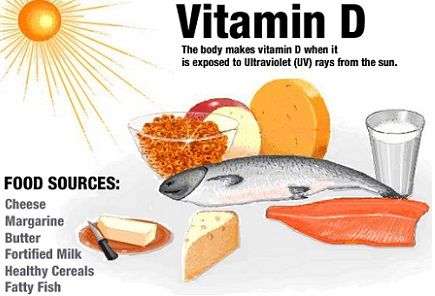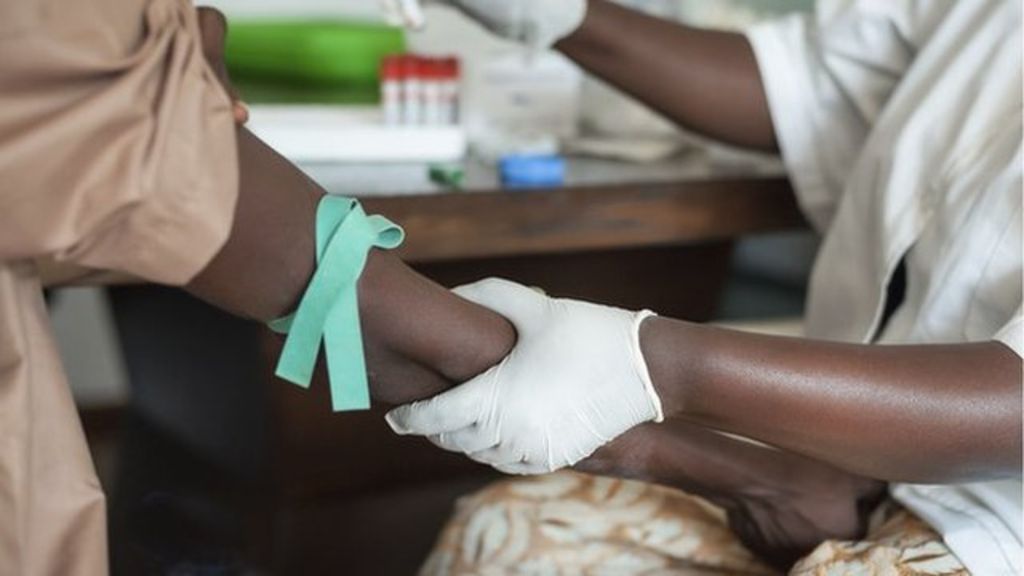1 December 2014

On World AIDS Day 2014, the World Health Organization will issue new recommendations to help countries close important gaps in HIV prevention and treatment services.
The guidelines will include advice on providing antiretroviral drugs for people who have been exposed to HIV – such as health workers, sex-workers, survivors of rape. They also include recommendations on preventing and managing common opportunistic infections and diseases such as severe bacterial and malaria infections, cryptococcal meningitis and the many oral and skin infections that can affect people living with HIV.
In 2013, WHO published consolidated guidelines on the use of antiretrovirals that promote earlier, simpler and less toxic interventions to keep people healthier for longer, and to help prevent HIV transmission. A growing number of countries with a high burden of HIV have adopted these guidelines. In 2013, a record 13 million people were able to access life-saving ARVs.
But too many people still lack access to comprehensive HIV treatment and prevention services. The 1 December supplement to the WHO consolidated guidelines on the use of antiretroviral drugs for treating and preventing HIV infection, released in June 2013, aims to help bridge that gap.
Source: WHO









